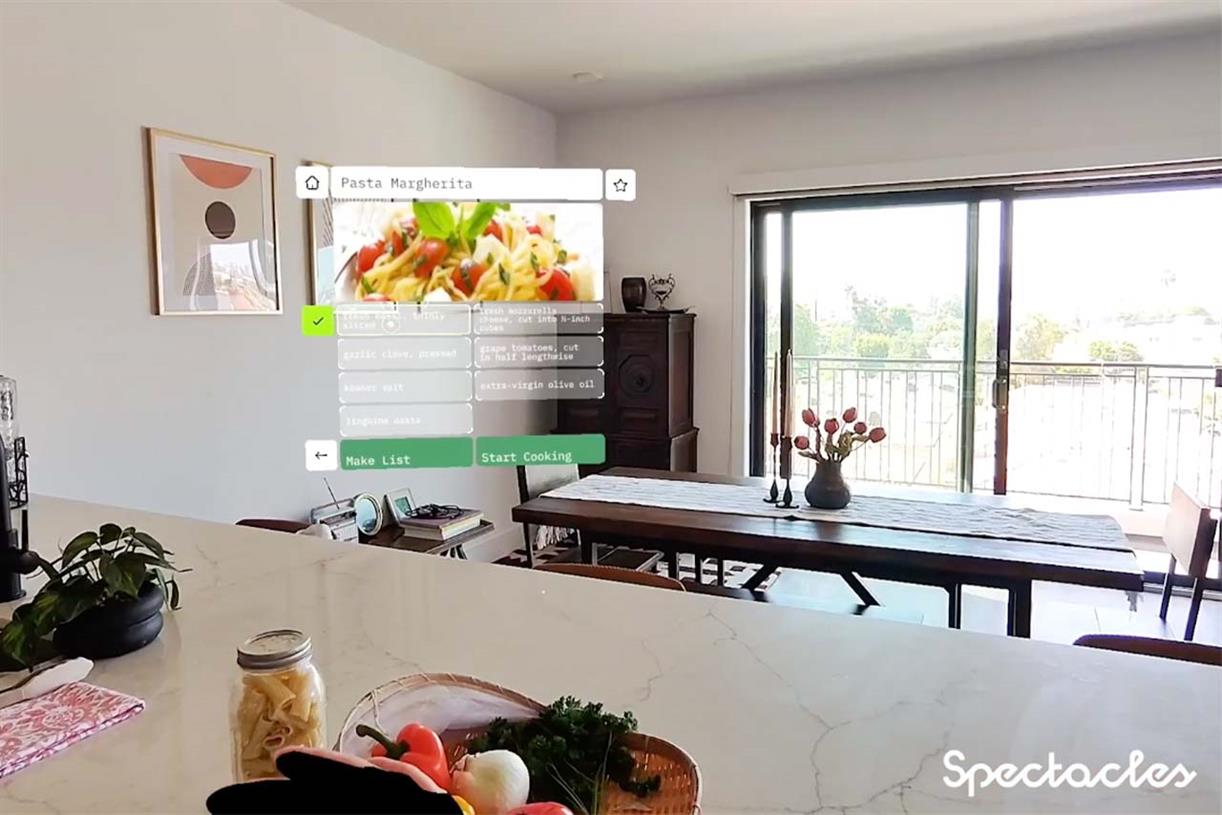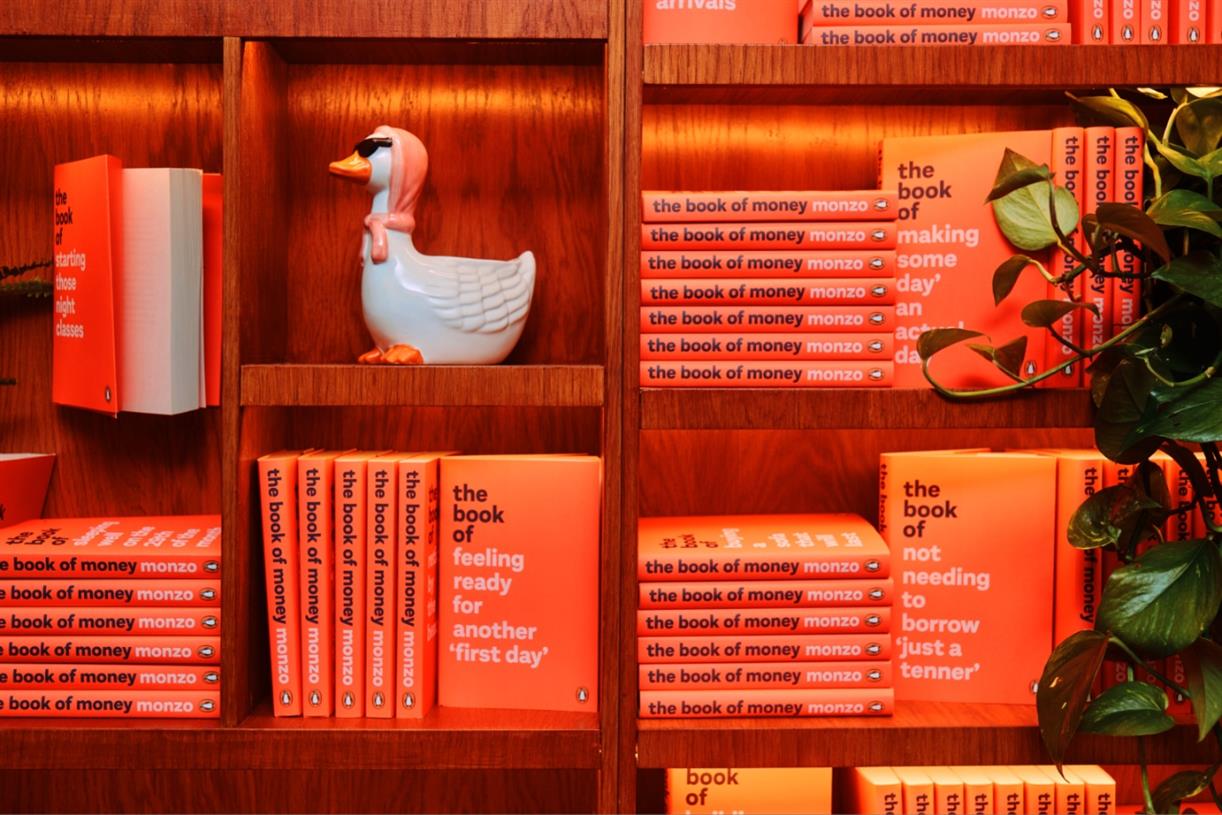Talk sells: the power of conversation in social shopping
The power of social shopping shows how conversation plays a key role, and why Twitter is carving out a unique space in this next big wave of commerce.

Picture this: It’s halftime of a thrilling international soccer final. The whole world has been glued to their screens, watching and tweeting all the action. Some fans, however, are abuzz over another highlight: the star striker’s colorful cleats.
Right on cue, the cleats’ brand starts a Twitter live stream, introducing a limited-edition sneaker in the same wild design—which people can buy right on Twitter. Conversation spikes and the sales event immediately trends No. 1 globally, but not before the release completely sells out. And, oh yeah, there’s still another half of soccer to go.
This is the power of social shopping. More specifically, how conversation plays a key role, and it’s why Twitter is carving out a unique space in this next big wave of commerce.
A great future with a prehistoric past
Two billion people made a purchase on social media last year. That’s two-thirds of all social media users around the globe. Some predict the current $492 billion global social commerce market will become a $1.2 trillion industry by 2025.¹
But while the future of social shopping is new and exciting, it’s actually rooted in some of our oldest human behaviors. For the earliest tribal peoples, survival depended on making the right decisions, such as choosing safe food or avoiding the most dangerous beasts. You learned from your group and, in turn, taught others.
Fast-forward to today and we still see that instinct at play in how we shop. No matter how informed and confident shoppers we might be, we still need conversation with others to make our choices. Whether it’s a recommendation from your mom or a casual chat with a stranger in a checkout line, hearing someone else’s perspective helps us process our decision, both rationally and emotionally.
What's everyone using for reviews these days? Need a cheaper solution than $400/month
— chrismeade.eth 🏐 (@chrismeadej) June 30, 2022Talk really does sell
“People want to buy products and services based on recommendations and inspiration from people they trust. That could be family, friends and communities, and it can also be authentic influencers they follow on social media. They want to feel inspired, informed and confident in what they buy. Social commerce serves these needs.”
—The Future of Shopping and Social Commerce, Accenture article, January 2022
First came brick and mortar shops where shoppers went to buy. Then along came catalogs, mail order and eventually websites, which brought the point of purchase out to the individual. Now social platforms bring business and consumer even closer, letting brands pitch their wares right where people gather, and with purchases happening directly on platforms and brand sites.
But on Twitter, we think you should go further. To us, it’s not enough to sell where people are, you need to sell where they’re talking. Where conversation helps people meet their instinctive need for support and validation. Where word of mouth is actually happening in real time.
Twitter just happens to be uniquely qualified to take advantage of shoppers’ natural need for trusted advice, with 56 billion impressions on shopping-related Tweets in 2021.² Which is why we continue to expand our lower-funnel and shopping solutions to tap into these strengths that make Twitter, Twitter:
1. Conversation. We believe when people talk, amazing things happen. The conversation on Twitter is public and open for all to see and join. And it gives shoppers that outside perspective they instinctively seek.

2. Community. People come to Twitter eager to talk about the things they’re passionate about. And they naturally form rich, lively communities which are supercharged versions of their “real world” ones. Think #FinanceTwitter, #NBATwitter, #FashionTwitter and more, each providing that sense of belonging and safety people need to make confident buying choices.

3. Cultural relevance. If it’s happening in the world, people come to Twitter to talk about it. This gives brands and businesses common ground to connect and spark the conversations people need to make purchase decisions.

Does it pay off? In a recent study about Twitter shopper behaviors, 76% of people said that conversations about products on Twitter resulted in their making a purchase.⁶ So the behaviors hardwired in our DNA have found a home here.

For brands, shopping’s future starts today
We’re excited about social shopping and as an industry we’re only just scratching the surface. Conversation is the timeless power that will drive the next wave of shopping innovation. So we’ll leave you with a few key ways to leverage the talk on Twitter and beyond:
● Be present. Have a presence when and where people are passionate
and talking about anything related to what you’re selling. When the
conversation convinces them to buy, you want to be ready.
● Be immersive. Let people experience your products in new ways
that will get them talking. Think 3D spins, virtual versions and
jumping into the metaverse.
● Be immediate. Let your engaged audience shop and buy in the
moment. Put on a live shopping event. Create limited edition
“drops” that create an unmissable moment. Show up when fans are
Tweeting while watching live sports or entertainment events.
Sources:
¹ : Accenture, “The Future of Shopping and Social Commerce,” January 2022
² : Twitter Internal Data (Big Query, Semantic Core). January 1, 2021 – January 1, 2022. Global. English only.
³ : Twitter Shopper Behavior Survey, September 2021, US
⁴ : Twitter Internal Data, Global. April 1, 2021 – April 1, 2022.
⁵ : Kantar & Twitter Brand Cultural Relevance Research, commissioned by Twitter, US. Nationally representative sample, 100 US brands tested, Dec 2021. Methodology: Correlation analysis, which shows the strength of the relationship between two variables/metrics.
⁶ : Twitter Shopper Behavior Survey, September 2021, US

 Troov
Troov 






























.jpeg?trim=0,0,0,0&width=1200&height=800&crop=1200:800)

